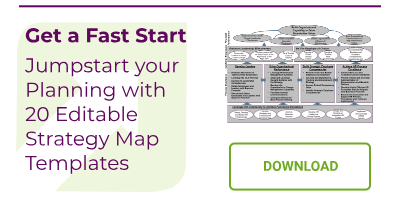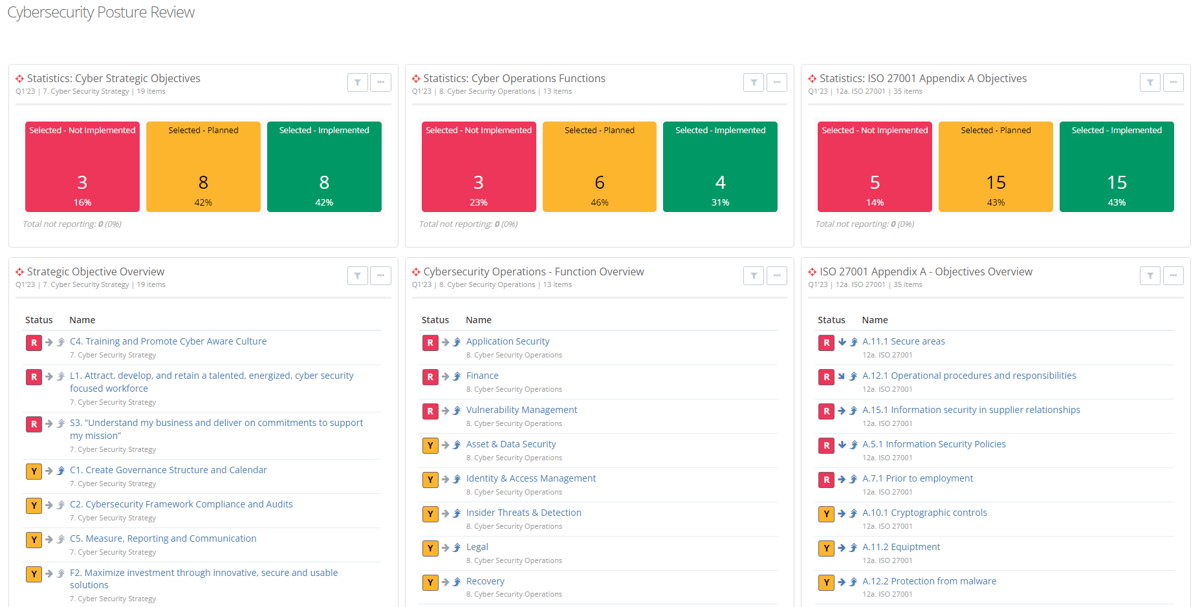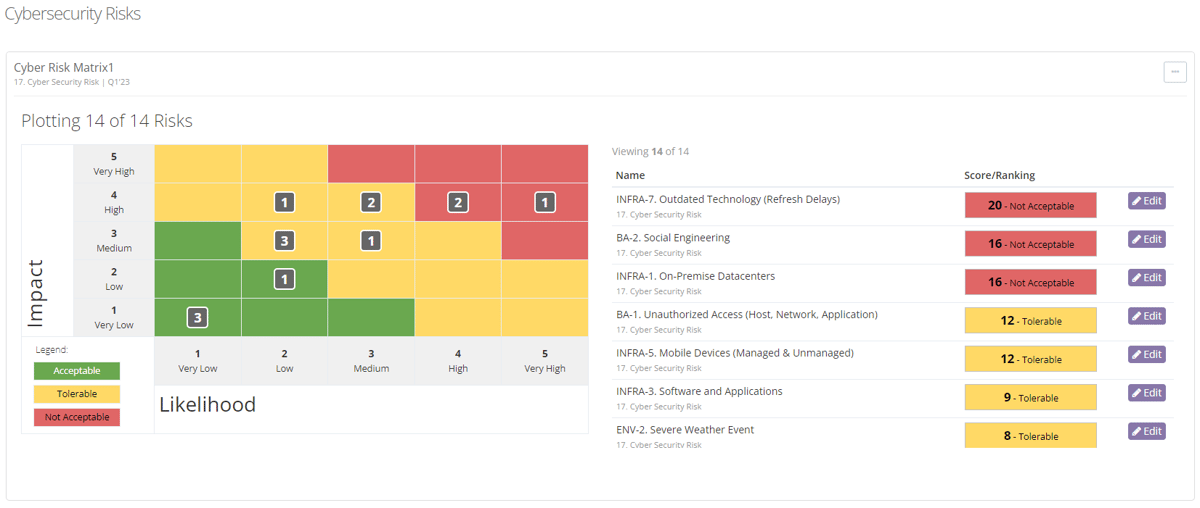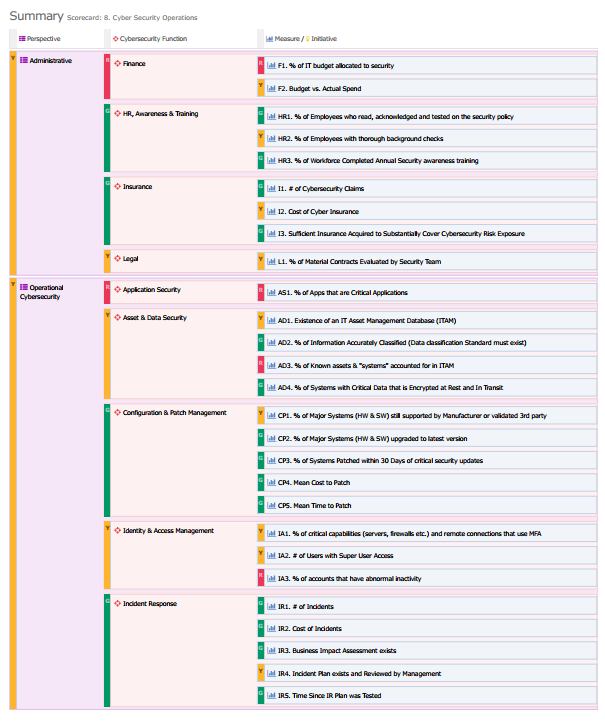Is your organization struggling with ad hoc, siloed processes for managing your cybersecurity program?
Relying on static spreadsheets, tribal knowledge, and one-off research efforts makes it incredibly challenging to maintain an accurate picture of your current security posture.
When audits or customer inquiries come up, does your team scramble for days or even weeks just to prepare?
If this sounds familiar, it's time to formalize your approach.
Here are 9 things you can do to keep your cybersecurity program in a consistently “audit-ready” state:
1. Take the time to Plan and Establish your Cybersecurity Program.Define short, intermediate and long-term cybersecurity goals aligned with business objectives and risk tolerance. Develop written cybersecurity policies, procedures and system security plans with robust enforcement mechanisms in place. A cybersecurity strategy map works great here.
2. Secure Buy-in and Budget.Secure executive buy-in and adequate budgeting for the required people, training, technology, and tools to achieve the plan you defined. Key to garnering executive support is demonstrating a clearly articulated cybersecurity strategy to justify project expenditures. This provides a solid foundation and will help to jump start an effective program.
3. Implement a Cybersecurity Governance Framework.Establish a governance calendar with recurring meetings (e.g monthly) that drive participation, preparation and accountability for key stakeholders within and outside of your team. Ongoing monitoring and reviews of both continuous improvement and shortcomings in your cybersecurity posture over time ensures that you are focused on what matters most to the organization. Active governance makes course corrections midcycle easier to identify and implement.
Whether you’re striving to comply with CMMC, NIST 800-171, ISO 27001, PCI, GDPR or other cybersecurity frameworks, centralizing your controls across standards using a unified approach means your team will only enter evidence once. This provides a single view into your compliance status for all relevant cybersecurity requirements while eliminating redundant efforts. Software platforms like ESM can pull these frameworks together for efficient management and reporting.
5. Organize Your Cybersecurity information into a centralized hub.Replace fragmented artifacts and documentation spread across silos. Establish a centralized system providing a reliable source of truth to organize your cybersecurity evidence, related assets as well as projects and activities aiming to improve your overall posture.
6. Justify Security Investments and Improve Communication.With cybersecurity and compliance data at your fingertips you can quickly show stakeholders an accurate snapshot of your current cybersecurity stance across all functional areas, improving overall visibility. Compelling visualizations that map compliance gaps to business impacts and priorities will help to build the justification C-suite leaders need to allocate appropriate resources for security program improvements, helping to secure needed funding.
7. Boost Team Efficiency and Culture.Purpose-built compliance, measurement and reporting tools facilitate productivity by centralizing tasks and automating processes. Elevate the most critical work to ensure collaborative troubleshooting and resolution. This will also help to foster a culture of cybersecurity awareness and training across the entire organization, not just IT.
8. Integrate Comprehensive Risk Management.Maintain a cybersecurity-specific risk register to evaluate, score, monitor and mitigate risks holistically - spanning systems, data, physical assets, supply chain, and more. Align mitigation plans to your cybersecurity and compliance roadmap to ensure reduction in the risk’s likelihood and impact.
9. Measure Progress and Enhance Maturity.Identify metrics to track performance across cybersecurity program objectives, operational activities, and project progress. Measures engage the team, establish expected levels of performance, and clarify the definition of success. As needs evolve, integrate new frameworks and compliance updates in a flexible, sustainable manner which will enable data-driven decision making.
In Summary
By taking the time to formalize processes and centralize your cybersecurity program management, you'll gain the transparency, efficiency and agility to cost-effectively maintain an audit-ready security posture that is aligned with your organization's risk tolerance and business priorities.
No more reinventing the audit prep wheel each time a client or auditor comes looking for proof of posture. When evidence, results and progress on ongoing initiatives are continuously captured in one place, you can rapidly validate audit readiness versus retracing artifacts, saving significant time and effort.
Is it time to get your cybersecurity house in order?








